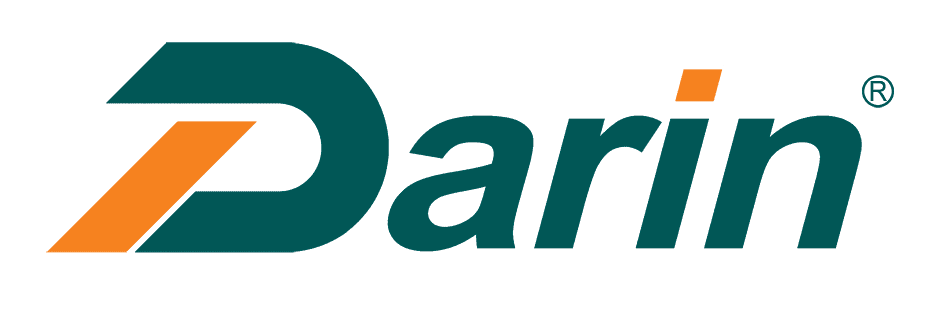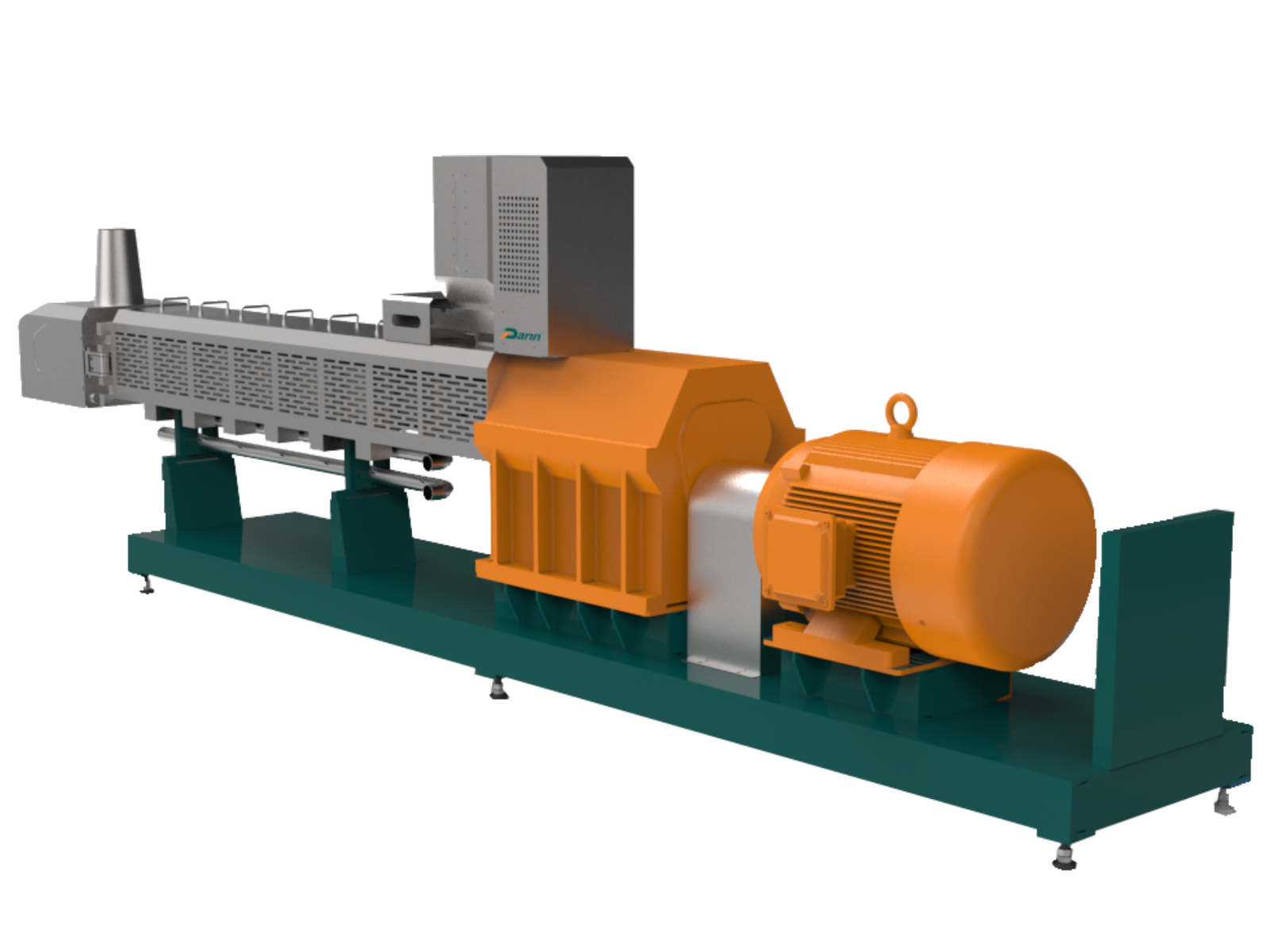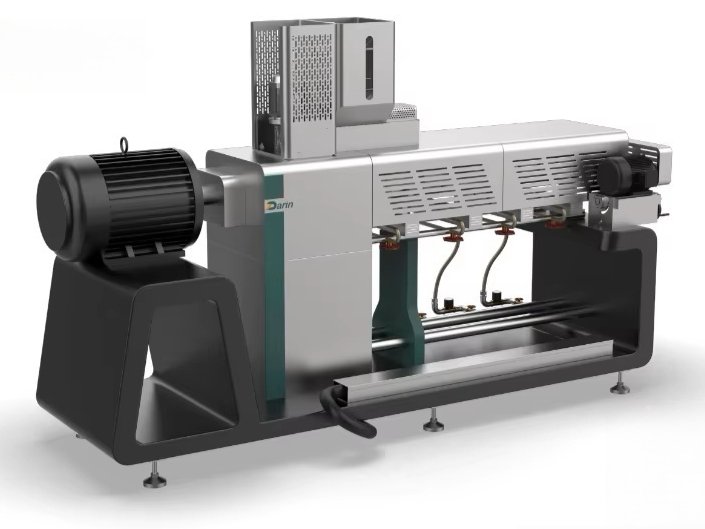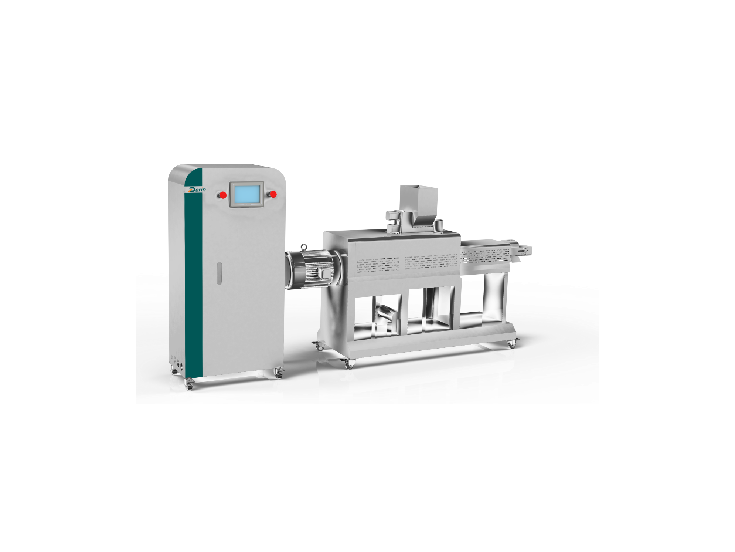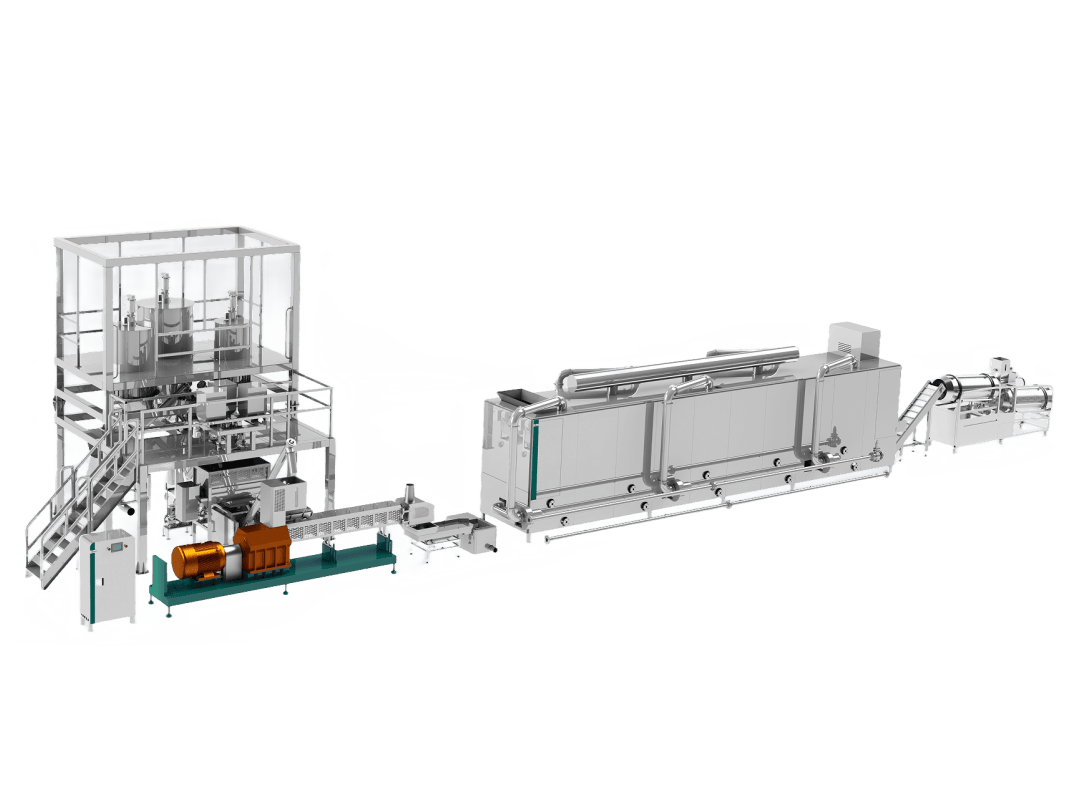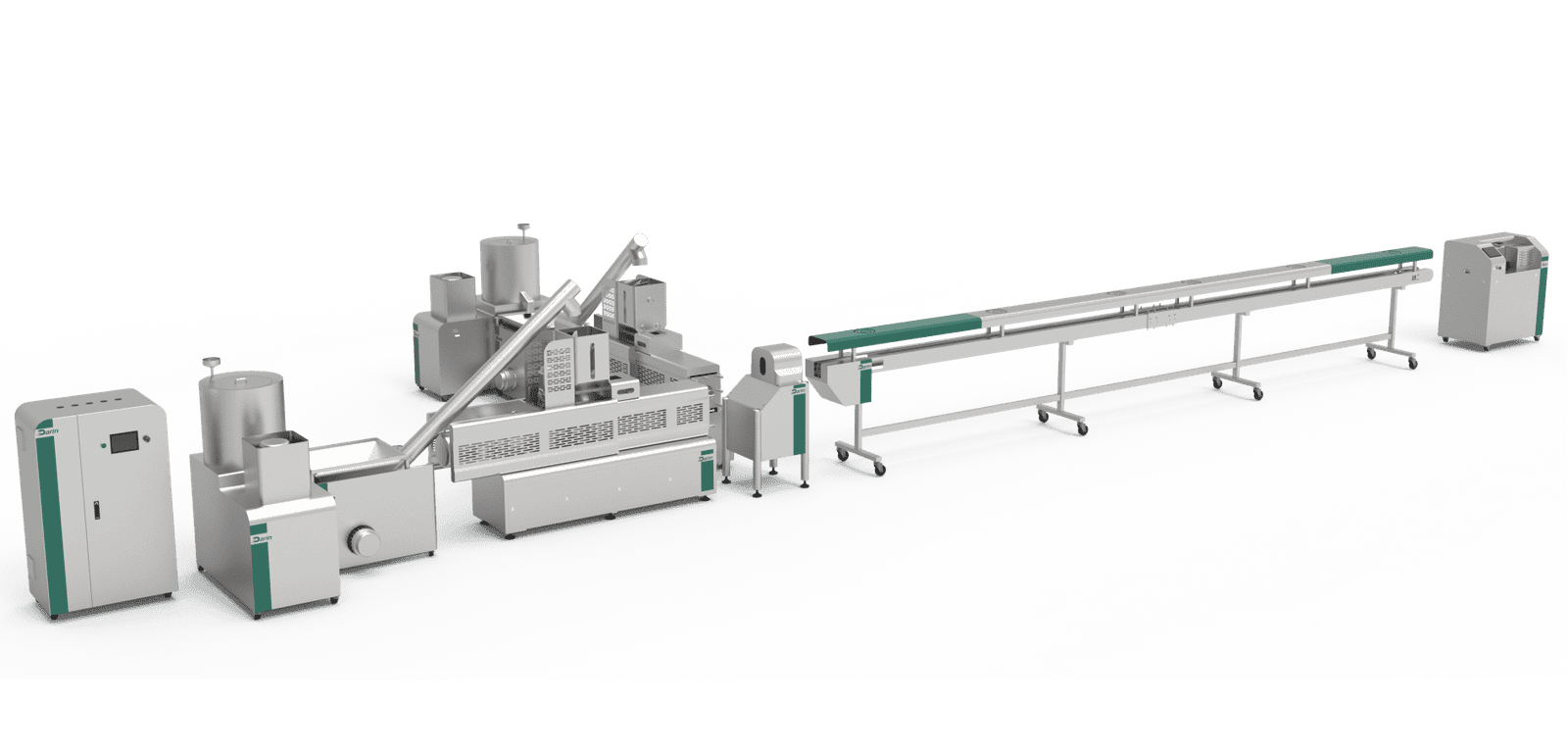
I remember my first venture into aquaculture—it was like diving into a whole new world of possibilities and challenges.
The primary machine used to make fish feed is an extruder, which can produce both floating and sinking feeds by altering the processing conditions. Additionally, pellet mills are employed to create uniform feed pellets that meet specific nutritional requirements. Selecting the right machine depends on the type of feed needed and the scale of production.
While extruders and pellet mills form the backbone of fish feed production, choosing the right one isn't just about technical specs—it's about understanding your specific needs and goals. Imagine trying to bake the perfect loaf of bread without knowing if you need a sourdough starter or a quick yeast fix. Dive deeper into this post to discover more about these machines' capabilities, benefits, and how they can be tailored to your aquaculture needs. You'll find it's like picking the right ingredients for your aquaculture recipe, ensuring you serve up success every time.
Extruders produce both floating and sinking fish feeds.True
Extruders can adjust processing conditions to create floating or sinking feeds.
Pellet mills are not used in fish feed production.False
Pellet mills are used to create uniform feed pellets for fish.
How Do Extruders Work in Fish Feed Production?
Ever wondered how those perfectly formed fish feed pellets come to be? Dive into the world of extruders and discover their magic!
Extruders work by forcing raw ingredients through a die under high pressure and temperature, creating uniform pellets. This process enhances digestibility, texture, and nutrient availability in fish feed.

The Extrusion Process: A Step-by-Step Guide
You know, back when I first stumbled into the world of fish feed production, I was fascinated by how these simple machines could turn a heap of raw ingredients into something so essential and precise. The journey begins with mixing. Imagine tossing together a hearty salad of fish meal, grains, vitamins, and minerals. Everything needs to be just right to ensure that every fish gets the same delicious, nutritious bite.
Then comes conditioning. Picture a steam bath for the mixture. The steam softens everything up, making it more pliable and ready for the next step: cooking under high pressure and temperature until it becomes a doughy consistency. This dough is then squeezed through a shaped die1 to form pellets. It's like using a cookie cutter, but for fish food!
Importance of Temperature and Pressure
When I first learned about the role of temperature and pressure in extrusion, it reminded me of baking bread. Just like how heat transforms dough into a loaf, in extrusion, these elements play a crucial role in shaping the texture and quality of the feed. High temperatures also ensure that the feed is safe from unwanted germs, much like pasteurizing milk.
Table: Effects of Temperature and Pressure on Feed Properties
| Property | Effect of Temperature | Effect of Pressure |
|---|---|---|
| Texture | Improved crispness | Enhanced uniformity |
| Nutrient Digestibility | Increased enzyme activity | Better protein structure |
Benefits of Using Extruders in Fish Feed Production
Extruders are like the unsung heroes of the fish farming world. They do so much more than just shape food; they enhance digestibility by breaking down complex nutrients into something fish can easily munch on. They also improve the shelf life of feed by reducing moisture content, which keeps spoilage at bay.
One fascinating aspect is how extruders can produce either floating or sinking pellets by tweaking process parameters. This flexibility caters to the varied dietary preferences of different fish species. It's akin to having a choice between crunchy or soft cookies—there's something for everyone!
In the grand scheme of aquaculture, extruders are indispensable. They help in creating high-quality feed efficiently and sustainably, supporting healthier aquatic life and better yields for farmers. For more insights on the variety of extruder applications2, you might want to explore further resources.
Extrusion increases feed digestibility.True
Extrusion breaks down proteins and carbohydrates, enhancing digestibility.
Extruders only produce floating pellets.False
Extruders can produce both floating and sinking pellets by adjusting parameters.
What Are the Advantages of Using Pellet Mills?
Have you ever wondered how pellet mills can revolutionize your production process?
Pellet mills transform raw materials into uniform pellets, reducing waste and enhancing energy efficiency. They lower transportation costs and support sustainability by converting by-products into valuable resources.

Efficiency and Cost Savings
I remember the first time I saw a pellet mill in action—it was like witnessing magic. These machines are masters at turning raw materials3 into dense, uniform pellets. This compression means more product can be shipped at once, slashing transportation costs significantly. Imagine loading a truck with a hundred scattered items versus a hundred neatly packed boxes; that’s the difference pellet mills make.
The consistency in pellet size isn’t just about aesthetics; it simplifies handling and processing. This predictability keeps everything running smoothly, minimizing unexpected hiccups and saving on maintenance costs4. For me, it was about creating a streamlined operation that boosted productivity without the usual headaches.
Environmental Benefits
Sustainability has always been a big deal for me, and that’s where pellet mills shine. They take what could have been waste—think agricultural or industrial by-products—and give it new life as valuable pellets. It’s like turning leftover dinner scraps into gourmet meals.
These biomass pellets can even replace fossil fuels, offering a cleaner energy alternative. It’s not just about feeling good; it’s about meeting global environmental standards5 while reducing our carbon footprint. Knowing that my business practices align with sustainability goals gives me peace of mind.
Versatility in Application
The versatility of pellet mills is truly impressive. They aren’t pigeonholed into one industry but are instead like the Swiss Army knife of machinery. Whether it’s producing animal feed in agriculture or creating biomass fuel in the energy sector, their adaptability is unmatched.
I’ve seen firsthand how they maintain consistency in nutritional content6 for pet food products, meeting strict quality standards without breaking a sweat. This flexibility has allowed me to pivot and adjust to market demands seamlessly.
| Advantages | Benefits |
|---|---|
| Cost Savings | Reduced transportation and storage costs |
| Environmental Impact | Supports waste reduction and sustainability |
| Versatility | Adaptable for multiple industry needs |
| Consistent Quality | Uniform pellet size ensures quality control |
Utilizing pellet mills has been a game-changer for me, optimizing production while contributing positively to the environment. They’re not just machines; they’re strategic investments for any business looking to enhance its operational capabilities and embrace a sustainable future.
Pellet mills reduce transportation costs by 50%.False
While they reduce costs, the exact percentage varies by context.
Biomass pellets are a renewable energy source.True
Biomass pellets can replace fossil fuels, reducing carbon emissions.
What Should You Look for in Fish Feed Machinery?
Imagine you're about to embark on the exciting journey of enhancing your fish feed production. The right machinery can be a game-changer, but where do you start?
When selecting fish feed machinery, consider factors like processing technology, capacity, energy efficiency, and compatibility with raw materials. These elements ensure optimal performance and quality in fish feed production.

I remember when I first ventured into the world of fish feed production. It felt like standing at the edge of a vast ocean, unsure of what lay beneath the surface. But as I dove deeper, I realized that understanding the machinery was like learning the ropes of sailing a ship—complex yet fascinating.
Processing Technology: Efficiency and Innovation
The heart of any efficient operation is its technology. I learned this firsthand when I upgraded to machines with advanced processing technology. It was like trading in an old bike for a sleek new sports car; everything became smoother and more efficient. With precise control over temperature and moisture, my fish feed retained its nutritional quality, which was a game-changer for my business.
Imagine having extruders equipped with twin-screw technology at your disposal—they’re like the multi-tools of the machinery world. Whether you're dealing with a wide variety of ingredients or aiming for consistent quality, these machines adapt like seasoned chefs in a bustling kitchen.
Capacity and Scalability: Meeting Demand
Picture this: your business is growing faster than you ever imagined. That's exactly what happened to me, and I quickly realized my old machinery couldn't keep up. Investing in high-capacity machines felt like adding extra seats at a dinner table—it allowed me to welcome more clients without turning anyone away.
Having machinery that's scalable is akin to having a wardrobe that grows with you. As your business evolves, these machines expand to meet your increasing demands without requiring an entirely new setup.
Energy Efficiency: Cost and Environmental Impact
I remember my initial struggle with high operational costs due to inefficient machinery. Transitioning to energy-efficient machines was like switching from incandescent bulbs to LEDs—my bills shrank, and I felt good about reducing my environmental footprint.
Consider machinery with energy-saving features such as variable frequency drives and optimized motor designs. They not only cut costs but also align with a growing commitment to sustainability, making your operations as friendly to the planet as they are to your wallet.
Compatibility with Raw Materials: Ensuring Quality
Each type of fish feed has its own dietary needs, much like how each dish requires specific ingredients. Ensuring your machinery is compatible with the raw materials you intend to use is crucial for maintaining feed quality.
Versatile machines can handle various ingredients, offering flexibility in feed formulation7. This means you can cater to different fish species' needs without a hitch, maintaining both quality and consistency.
Table: Key Factors in Selecting Fish Feed Machinery
| Factor | Importance |
|---|---|
| Processing Technology | Efficiency, innovation, and control over feed quality |
| Capacity and Scalability | Aligns with production demands and business growth potential |
| Energy Efficiency | Reduces operational costs and environmental footprint |
| Raw Material Compatibility | Ensures feed quality and adaptability to various ingredient types |
Looking back, I see that choosing the right machinery was pivotal in my journey. It was about more than just making a purchase; it was about crafting a future-proof strategy that ensured growth and sustainability in my operations.
Twin-screw extruders offer better ingredient flexibility.True
Twin-screw technology enhances flexibility, handling diverse ingredients.
Energy efficiency in machinery increases operational costs.False
Energy-efficient machines reduce operational costs and environmental impact.
How Do You Differentiate Between Floating and Sinking Fish Feed?
Ever found yourself in the pet store, staring blankly at rows of fish feed, wondering which to choose?
Floating fish feed stays on the water surface, aiding surface-feeding species, while sinking feed caters to bottom-dwellers. The choice depends on fish species, tank conditions, and feeding behaviors.

Understanding Buoyancy and Composition
There was a time I spent what felt like hours researching fish feed when I first got my little aquatic friends. Floating fish feed is crafted to sit on top of the water. It’s made using extrusion technology, which incorporates air pockets, giving it buoyancy. This type is perfect for surface-feeding fish like cichlids or koi. I remember watching my koi gracefully nibble at the surface, and I realized the feed choice was spot-on.
On the flip side, sinking fish feed is denser, ensuring it reaches the bottom of the tank or pond. It’s ideal for species that prefer to forage along the substrate, like catfish or loaches. The manufacturing process involves less expansion and fewer air pockets, which was a game changer when I switched feeds for my bottom-dwelling buddies.
Nutritional Differences
Both types of feeds can be equally nutritious, but here's where it gets interesting: they’re often tailored to the dietary habits of specific fish. Sinking feeds might be richer in plant-based proteins for herbivorous bottom feeders. Meanwhile, floating feeds could have higher fat content for carnivorous surface feeders. I always make it a point to scrutinize the ingredient list and nutritional breakdown; it’s almost like reading a nutrition label at the grocery store.
| Feed Type | Buoyancy | Suitable for | Typical Nutritional Content |
|---|---|---|---|
| Floating | Surface | Surface feeders | High in protein and fats |
| Sinking | Bottom | Bottom dwellers | Rich in plant proteins |
Behavioral Considerations
Fish behavior heavily influences your feed choice—something I learned early on. Surface feeders, like goldfish, are naturally drawn to floating feeds as they swim up top to munch. However, keep an eye on aquatic plants8—they can sometimes get in the way if not monitored.
Bottom dwellers thrive on sinking feeds, aligning perfectly with their grazing habits. I once underestimated the impact of water currents on feed distribution; it’s crucial to consider tank dynamics and how various factors could affect feeding.
Pros and Cons of Each Feed Type
Floating Feed Advantages:
- You can easily monitor food intake and reduce waste.
- Encourages natural feeding positions for surface feeders.
- Longer shelf-life due to reduced moisture content.
Floating Feed Disadvantages:
- Might not reach bottom-dwellers in time.
- Risk of overfeeding if food remains uneaten on the surface.
Sinking Feed Advantages:
- Perfect for bottom feeders.
- Efficient feeding in multi-species tanks where fish occupy different water columns.
Sinking Feed Disadvantages:
- Harder to monitor consumption.
- Can lead to waste if overfed or ignored by fish.
Understanding these differences helps us aquarists make informed decisions about feeding strategies suitable for our fish community. Choosing the right feed type not only enhances fish health but also maintains optimal tank conditions through balanced nutrition and effective feeding practices.
For more information on nutritional needs of ornamental fish9, explore comprehensive guides tailored to specific fish species needs.
Floating feed is ideal for bottom-dwelling fish.False
Floating feed is best for surface-feeding fish, not bottom dwellers.
Sinking feed often contains more plant-based proteins.True
Sinking feed is tailored for herbivorous bottom feeders, rich in plant proteins.
What Are the Latest Technological Advancements in Fish Feed Machinery?
Imagine the possibilities when cutting-edge tech meets fish feed machinery—efficiency skyrockets, waste plummets, and sustainability takes center stage. Dive into how these advancements are transforming aquaculture.
Recent advancements in fish feed machinery include precision extrusion technology, automated pellet production systems, and sustainable ingredient integration. These innovations enhance feed quality, reduce waste, and improve energy efficiency in aquaculture.
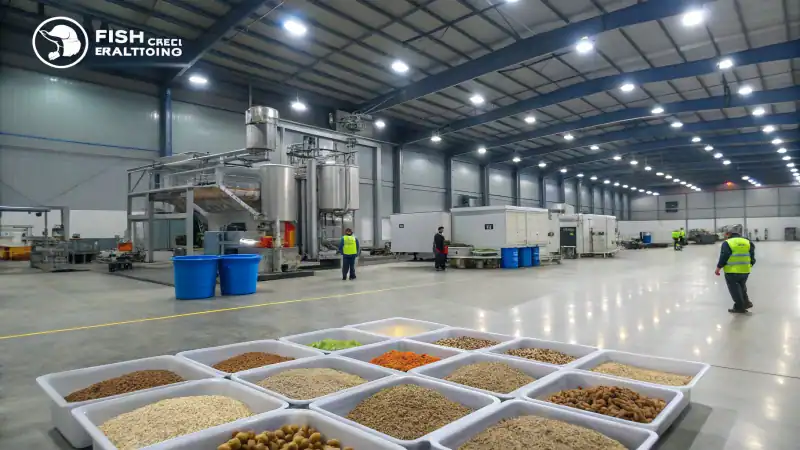
Precision Extrusion Technology
I remember the first time I saw precision extrusion technology in action. It was like watching a well-oiled machine (literally!) work its magic to churn out perfectly uniform pellets. This innovation is a game-changer for those of us in the industry, as it ensures every single piece of feed hits the mark in terms of density10, size, and nutritional value. For fish farmers, this means healthier fish and faster growth rates, a win-win!
| Feature | Benefits |
|---|---|
| Uniform Density | Consistent nutrition |
| Nutritional Control | Customized feed formulations |
Automated Pellet Production Systems
Automation has really taken the guesswork out of pellet production. Picture this: sophisticated sensors and controls fine-tuning moisture and temperature as the feed rolls through the production line. It’s like having a team of experts working 24/7 but without the coffee breaks. Not only does this cut down on human error, but it also slashes production costs11 significantly.
- Real-time Adjustments: Ensures optimal pellet quality
- Cost Reduction: Lowers labor and material expenses
Sustainable Ingredient Integration
I've always been passionate about sustainability, so the shift towards integrating sustainable ingredients like algae and insect protein into fish feed is truly inspiring. By moving away from traditional fishmeal, we’re not just reducing environmental strain but also tapping into alternative proteins12 that are both abundant and efficient. Modern machinery adeptly incorporates these new ingredients, ensuring that they're evenly spread throughout each pellet.
Energy Efficiency Improvements
Energy efficiency in machinery is another area where we're seeing incredible strides. With designs incorporating heat recovery systems and energy-efficient motors, it's amazing how much we can cut back on operational costs while also shrinking our carbon footprint. This shift aligns perfectly with global movements toward more sustainable aquaculture practices13.
By embracing these technological advancements, I'm confident that we're not just improving the quality of fish feed but also paving the way for a more sustainable future in aquaculture. It’s exciting to think about what innovations lie ahead as we continue to push the envelope in this field.
Precision extrusion ensures uniform pellet density.True
Precision extrusion technology allows for consistent pellet size and density.
Automated systems increase human error in feed production.False
Automation reduces human error by adjusting parameters in real-time.
Why is it important to choose certified and reliable equipment?
Ever had that heart-stopping moment when machinery fails at the worst possible time?
Certified and reliable equipment ensures safety, efficiency, and compliance with industry standards. It minimizes operational risks, enhances productivity, and guarantees quality assurance. Investing in such equipment reduces downtime and maintenance costs, offering long-term financial benefits.

Ensuring Safety and Compliance
I remember once walking through a bustling pet food factory, the air filled with the aroma of fresh kibble. The hum of machines was comforting, like a well-rehearsed orchestra. The operators, confident in their environment, worked seamlessly because they knew every piece of equipment was certified to meet stringent international standards14 like ISO and CE. This assurance didn't just keep the workers safe but also kept production on track without any safety hiccups.
| Certification Type | Benefits |
|---|---|
| ISO 9001 | Quality management |
| CE Mark | Safety compliance in Europe |
Enhancing Operational Efficiency
There’s nothing quite like the peace of mind that comes from knowing your machinery won’t give out on you unexpectedly. I’ve seen firsthand how CE-certified machines15 can run continuously, ensuring pet food production stays consistent and high-quality. It’s like having a reliable friend who never lets you down.
Cost Efficiency and Long-Term Savings
Initially, investing in top-notch equipment might seem like a splurge. However, in my experience, it’s more of a strategic move that pays off big time. With certified equipment, I've saved on maintenance, thanks to those reassuring warranties promising quality and performance. It's like investing in a solid pair of hiking boots—you might spend more upfront, but they’ll carry you through countless journeys without faltering.
Building Customer Trust
When I see customers choosing our products, I know it's partly because they trust the reliability promised by our certified machinery. In industries like pet food manufacturing where quality is king, using certified equipment has definitely boosted our brand credibility. Customers love knowing their furry friends' food is made with care and precision.
Supporting Innovation and Growth
At Darin Machinery, we’re all about staying ahead of the curve. Our certified equipment isn’t just about meeting today’s standards; it’s about pushing the boundaries of what’s possible in pet food production. This commitment to technological innovation16 keeps us adaptable and ready to meet evolving market demands, ensuring we’re always at the forefront of industry growth.
Certified equipment reduces workplace accidents.True
Certified equipment meets safety standards, lowering accident risks.
ISO 9001 certification is unrelated to quality management.False
ISO 9001 directly relates to quality management systems.
Conclusion
Extruders and pellet mills are essential machines for fish feed production, enhancing digestibility and efficiency while allowing customization for various fish species' dietary needs.
Discover how dies shape feed pellets, influencing size and texture to suit various fish species. ↩
Learn about the diverse uses of extruders beyond fish feed, enhancing aquaculture efficiency. ↩
Explore how pellet mills compress raw materials into dense pellets, optimizing space and reducing costs. ↩
Discover strategies to minimize downtime and maintenance expenses with pellet mills. ↩
Understand how using biomass pellets aligns with global environmental goals. ↩
Find out how pellet mills ensure consistent nutritional quality in pet food. ↩
Discover how certain machines are designed to handle a range of ingredients, enhancing feed formulation flexibility. ↩
Explore how aquatic plants can obstruct floating feeds, affecting surface feeders' access to nutrients. ↩
Discover detailed guides on tailoring nutrition for various ornamental fish species to ensure balanced diets. ↩
Learn how uniform density impacts fish health and growth by ensuring consistent nutrition in each pellet. ↩
Explore how real-time adjustments and reduced labor contribute to cost savings in automated systems. ↩
Discover sustainable protein sources that replace traditional fishmeal, promoting eco-friendly practices. ↩
Find out how innovations like heat recovery systems lower energy use and environmental impact. ↩
Understand how international standards ensure safety and compliance across different industries. ↩
Discover why CE certification is crucial for maintaining operational efficiency and safety. ↩
Explore how certification fosters innovation, helping businesses adapt to market changes. ↩
